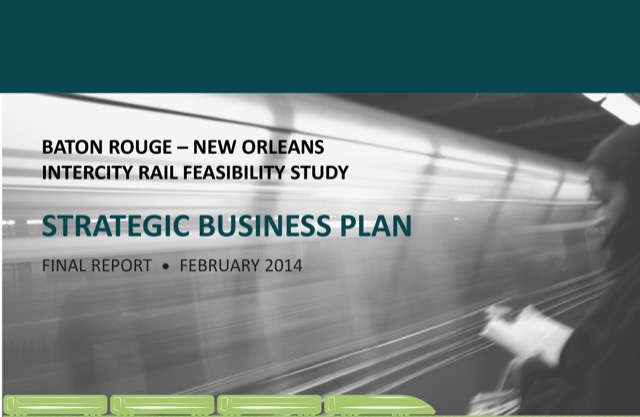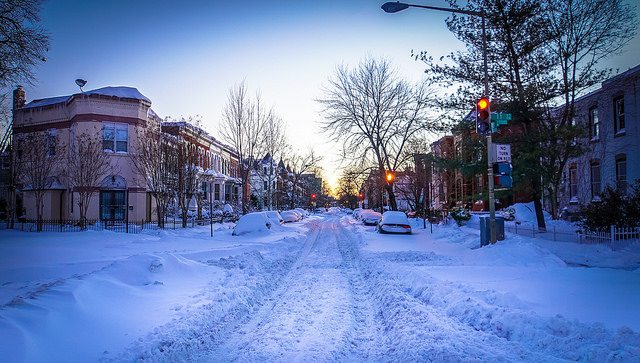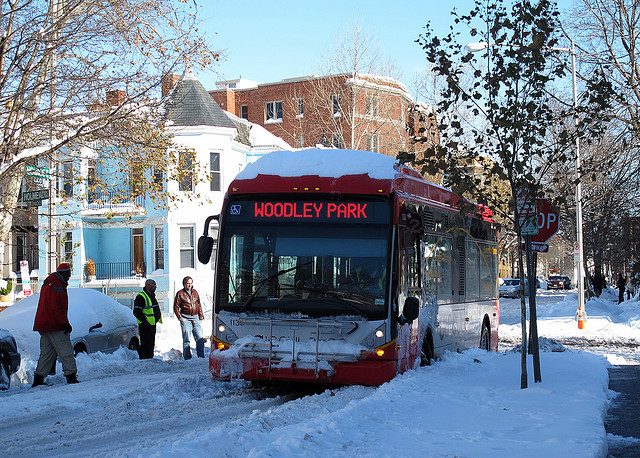Over at Greater Greater Washington, urban analyst John Ricco has had a mind-shattering revelation: if we spent less on transit, we could have more transit. He notes that the United States spends far more on transit projects than other countries, though he adds that, “No one’s really sure why.”
Actually, his revelation isn’t quite as mind-shattering as I presented it. Instead, what he realized is, “If we lowered transit construction costs, we could build more transit.” Apparently, he is one of those people who thinks transit is only transit if it is built.
The Antiplanner would go further and say, “if we stopped wasting money building transit, we could have more transit.” While Ricco is correct that transit construction costs are bloated, even the least-expensive rail transit is going to be more expensive than running buses on roads and streets shared with other vehicles. We’re spending $100 million or more per mile building light rail, but even if it cost only $10 million per mile, buying and running buses would still cost far less.










